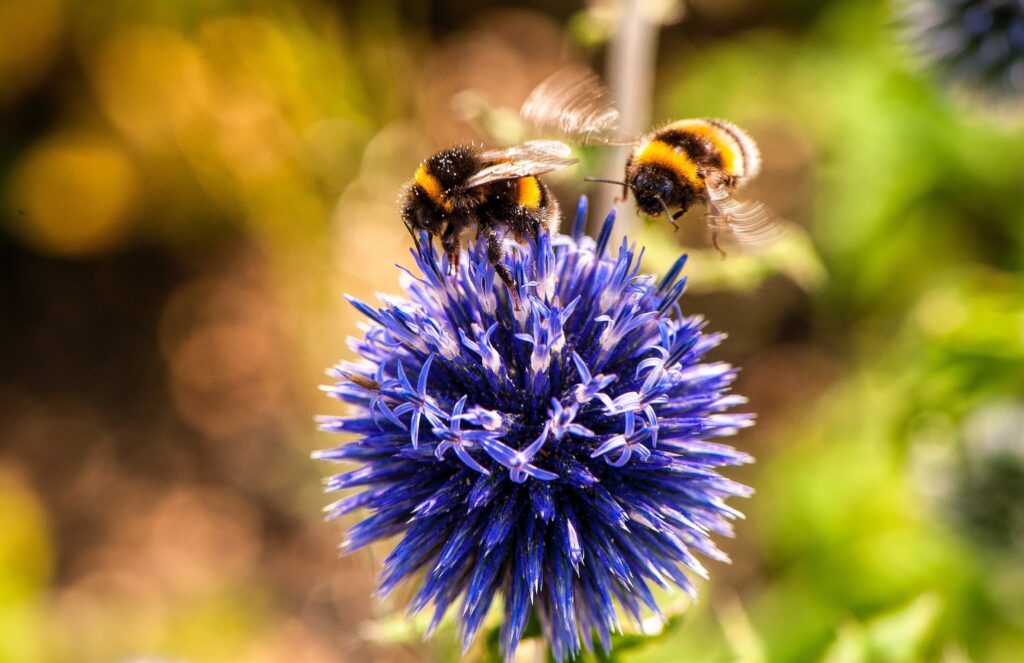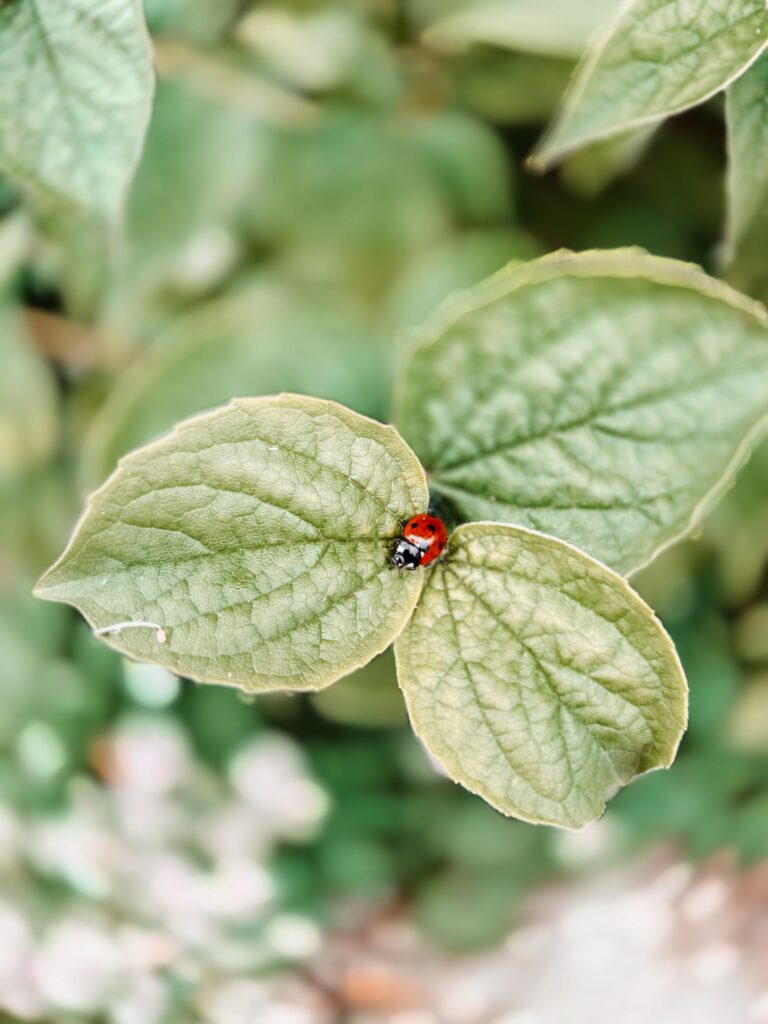
1. Decision making
Primary decision makers in Tsirgumäe Food Forest NGO are the members. The annual meeting of the members is hold once a year, where each member can vote for the subjects what demands approval from all members. All small decisions like NGO everyday administration are made by board members Heldor Sepp, Eliise Tuuling, Alexander Kukk, Tuuli Jõesaar and Marelle Mangus.

2. Statement of purpose
Our foremost responsibility is regenerating landscapes, ecosystem processes and soils through resilient, replicable, scalable, and profitable symbiotic farm enterprises. Our secondary function is to educate, inform, and empower people into action through regenerative design, enterprise and holistic decision-making that fosters and stimulates local community, economy and resilience.
3. Quality of life statements
We are committed to the benefit of all through our work and lifestyle, positively contributing to the local and global communities.
We have lot of fun in our process of life-long learning, we are open and create space for innovation.
We value minimal waste of all forms of capital.
We value profitable forms of local production and decision-making that allows for sustainable, stimulating, and meaningful income.
We are financially independent, stable, and dept-free whilst building tangible assets for future generations in a robust and resilient manner.
We want access to clean water and food and maintain our health through beneficial work and eating the highest standard of seasonal and nutritionally dense produce.
We relate respectfully to ourselves, participants, and the wider community and global networks to support effective collaboration and self-empowerment.
We have time and space to acknowledge and care loved ones and ourselves.
We share our knowledge and experience of beneficial solutions and support others to participate in the regenerative economy.
We value transparency, professionalism, and integrity whilst striving for excellence.
4. Forms of production
- Build topsoil via intelligently integrated approaches (biological (plant and animal), mineral and mechanical).
- Innovation in farming, marketing, and education.
- Maximise photosynthetic energy captured on site.
- Restore water, carbon, and nutrient cycling by mimicking natural processes.
- Create habitats that fully support organisms’ physiological needs.
- Demonstrate socially just and sustainable profit with open farm gate policy.
- Support world class education in all aspects of regenerative systems design and holistic decision making.
- Develop local food resilience and facilitate Access to better than organic food by connecting people to local farmers.
- Creative use of resources, local waste streams to minimise fiscal, human and ecosystem capital.
- Utilise regenerative Technologies to minimise oil dependence.
- Create and demonstrate robust decentralised energy production.
- Interception of local waste resources.
- Document and publish articles and data regarding all elements of our operation.
- Clear, open, and honest communication with visitors, participants, public and wider networks (locally and digitally.)
- Continually reassess our holistic objectives and management process with decision makers as appropriate.
- Building community through (respectful and clear) communication, education and participation.
- Excellent direct customer relationships and services.

5. Future Resource Base (behaviour and conduct)
- Commitment to Holistic Goal.
- Low input (fiscal, oil, energy, labour) based production.
- Well maintained tools and spaces.
- Satisfied and returning customers
- Offering tangible value to customers.
- Supportive neighbours.
- Competent staff/core team.
- Healthy working relationships.
- Documented design, process, accounts.
- Sharing experience over time
- Clear contracts when collaborating.
- Sensitivity to cultural norms.
- Supporting and valuing local people/enterprises.
- Open honest and joyful communications.
- Open days and active participation in local community events.
- Stable and expanding Network of customers, former training participants and global followers/ supporters.
- Demonstrating replicable, scalable, and tangible solutions.

6. The Future Landscape
- Topsoil creation with soil carbon levels building.
- Pasture developing in rooting mass, diversity, beneficial microorganism. populations and plant available nutrients.
- Water under control and evenly distributed across landscape.
- Increased photosynthetic capture/biomass.
- Closed nutrient/water/carbon/energy cycling.
- Riparian zones intact.
- Increasing diversity of wildlife species and health of natural ´feedback’ loops for disease free production.
- Developing genetics (animal and plant breeding)
- Healthy and maintained perennial systems.
- Closed nutrient cycles.
- Farm food needs met on site.
- On site water resilience and independence.
- Off-grid energy independence.
- Poly-income streams for resilience/ diversity.
Material used “Regenerative Agriculture” by Richard Perkins
